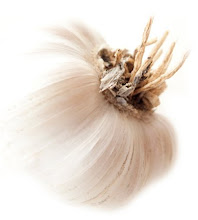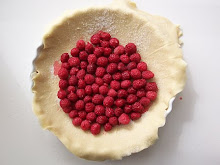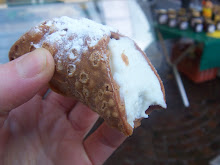This week I am busy writing up my final paper, topping up on local specialty products a.k.a Prodotti Tipici, packing, shipping, and generally stressing. The theme and atmosphere is one of concluding, rounding up, wrapping up and tying loose ends.
In the charming Florentine apartment that I call home is a non functional oven, which has meant no roasting or baking for the past few weeks, with the gas cooker as my only magic tool. To substitute for the baking I educate myself with pastries from the forno downstairs now and again. But for everything else, there's a gas cooker. The way I see it, as with everything else in life, for every door that closes another one opens, and I simply need to review and reconsider my choice in food and preparation methods.
I bought brussels sprouts earlier in the week and wanted to use them. I know brussles sprout in their unhappy state; colour somewhere between brown, grey and green, pudgy in texture and bitter in taste.
No more. I don’t know why these are boiled. It does'nt seem to do them any justice.
If you were thinking "I want a salad that is fresh, crisp and all shades of green" this is the one for you. Think a crunch, a tang, and a nutty sweetness. It has autumn written all over it.
Green apple, Brussels sprouts and pistachio salad
(makes 2 generous salad bowls)
a handful of unsalted pistachios
olive oil
a few leaves of sage and/ or rosemary
Brussels sprouts (about 20), thinly sliced
1 green apple
5 tbs olive oil
1 tbs mustard
½ squeezed lemon juice
salt
pepper
In a pan, heat the pistachios over a medium low heat until lightly roasted. Chop and set aside.
Using the same pan heat some olive oil. Add the sage and rosemary and fry for 2-3 minutes. Then add the sliced Brussels sprouts, and lightly fry for 3-4 minutes. Transfer the now aromatic sprouts into a bowl with.
In a small bowl mix the olive oil, mustard and lemon juice until combined. Season with salt and pepper to taste.
Slice the apple thinly into matchsticks and add to the Brussels sprouts. Toss the dressing with the salad and sprinkle the roasted pistachios.
Variations: you can use other herbs, substitute the pistachios with other roasted nut and seeds, add a good aged cheese or fried bacon.

















